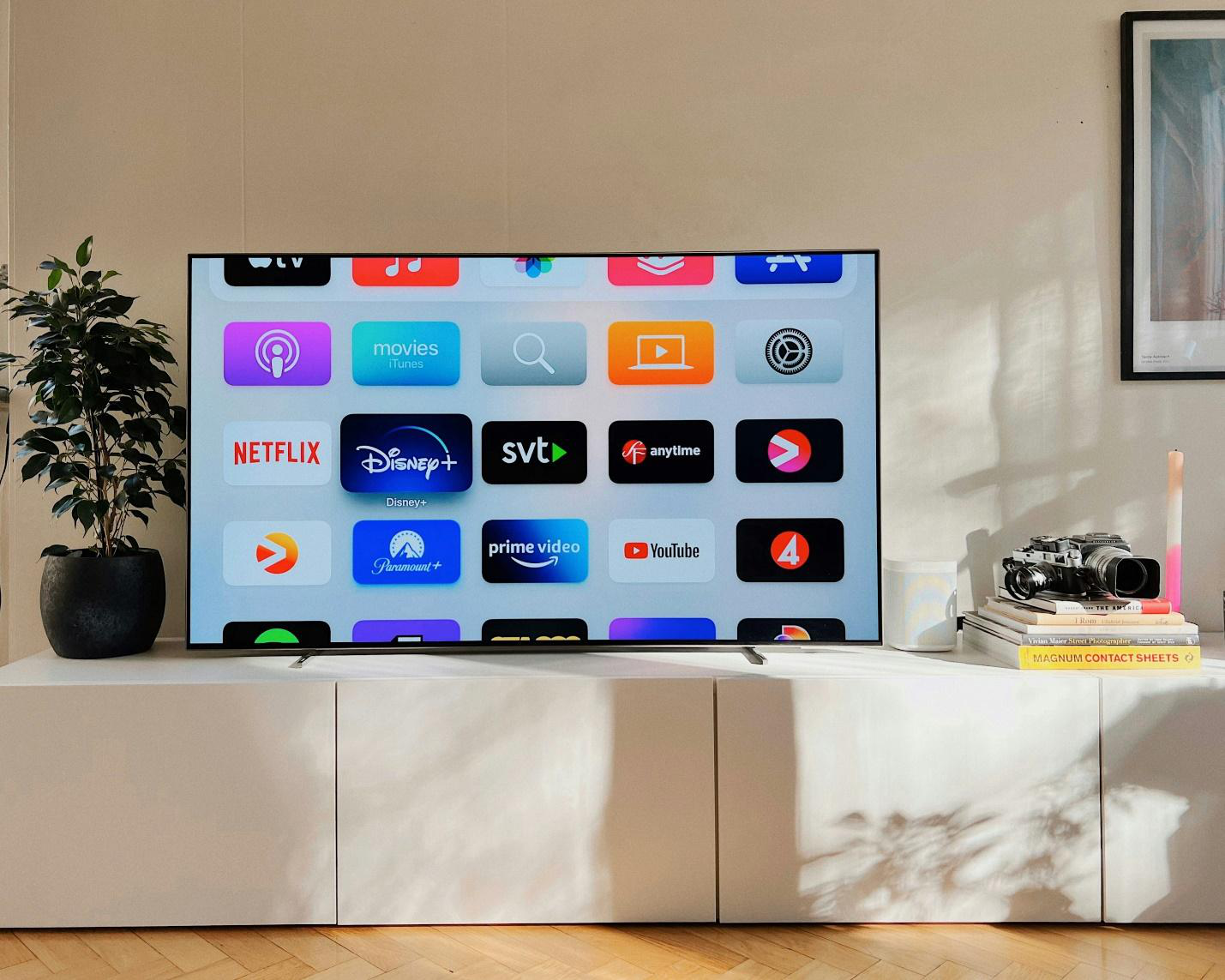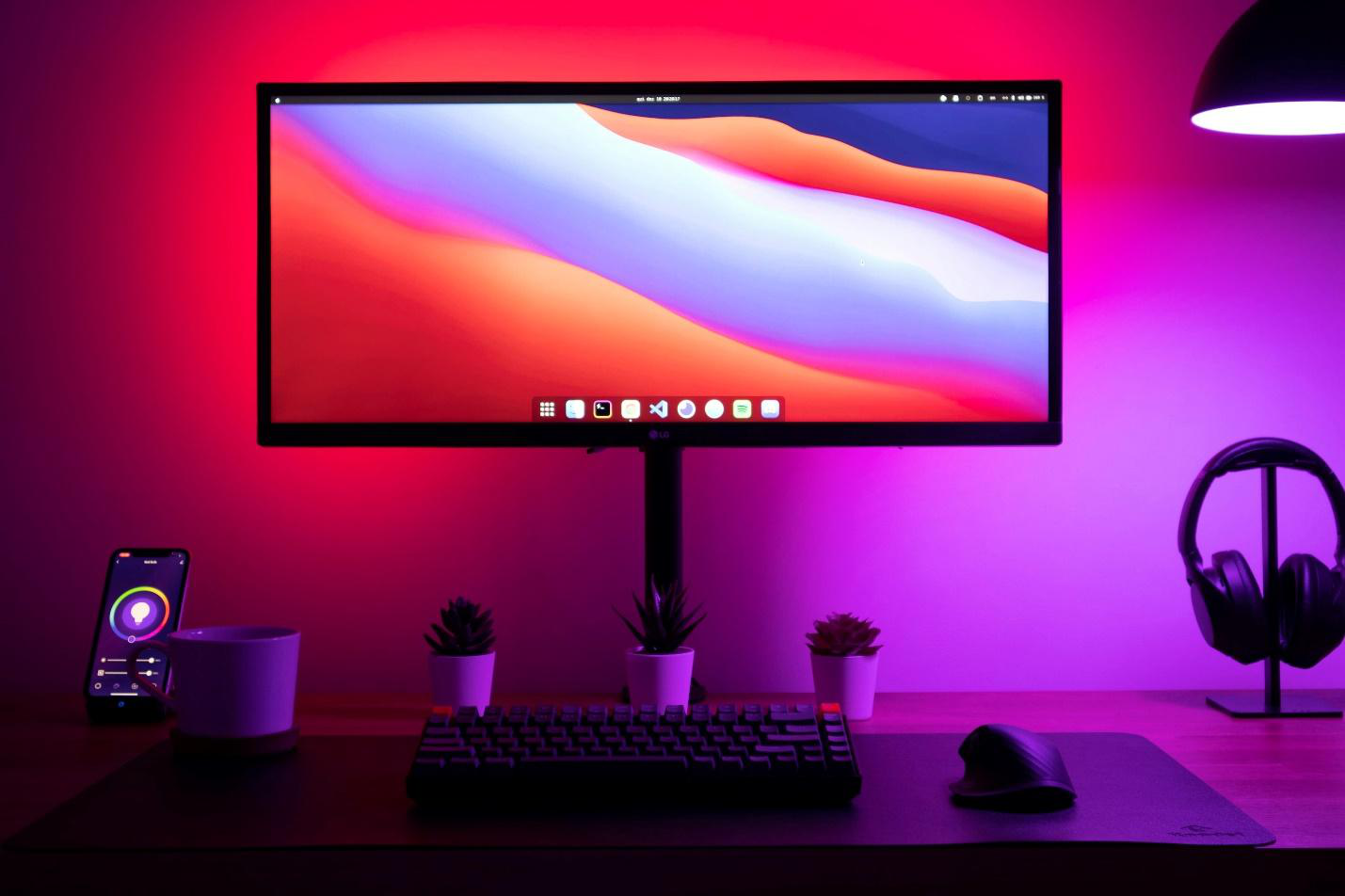For gamers and professionals who demand precision, a gaming mouse is often more than just a pointing device.
Among the various features designed to enhance accuracy and performance, angle snapping is one of the most intriguing. But what exactly is angle snapping, and how does it impact your gaming or work experience?
Let’s walk you through the concept of angle snapping, how it works, and whether it’s a feature you should consider when choosing a gaming mouse.
What is Angle Snapping
Angle snapping, also known as “mouse prediction” or “angle correction,” is a feature found in some gaming mice that modifies the way the cursor or crosshair moves in response to your hand movements. Its primary function is to smooth out the path of the cursor or crosshair, making straight lines and angles more precise and consistent.
When you move your mouse in a straight line or a specific angle, angle-snapping algorithms within the mouse’s sensor or software detect deviations and correct them to ensure a more linear movement. This is particularly useful in applications that require precise straight-line movements, such as design work or aiming in first-person shooters (FPS).
How Angle Snapping Works
Angle snapping relies on algorithms embedded in the mouse’s sensor or software. When you move the mouse, the sensor tracks the movement and sends data to the computer. The angle-snapping algorithm then analyzes this data to identify deviations from a straight path.
If the movement deviates slightly, the algorithm compensates by adjusting the cursor’s path to more closely follow a straight line or specific angle. For example, if you’re drawing a straight line in a graphics application or aiming at a target in a shooter game, angle snapping will correct any minor deviations in your hand movement, resulting in a smoother, more accurate line or aim.
Pros of Angle Snapping
Enhanced Precision: For tasks requiring straight lines, such as graphic design or architectural work, angle snapping can enhance precision by ensuring lines and angles are consistent.
Smoother Aiming: In FPS games, angle snapping can help players maintain a more consistent aim, which is beneficial when aiming at targets from a distance.
Reduced Hand Fatigue: By smoothing out movements, angle snapping can reduce hand fatigue and strain during extended sessions of drawing or gaming.
Cons of Angle Snapping
Loss of Natural Movement: For some gamers, particularly those who rely on precise, natural hand movements, angle snapping can interfere with the accuracy of their input. It may cause a loss of control or make movements feel less intuitive.
Over-Correction: In some cases, angle snapping may over-correct minor deviations, leading to a less accurate representation of the user’s intended movements. This can be a disadvantage in highly competitive gaming scenarios where precision is crucial.
Not Always Needed: For tasks that do not require perfect straight-line movements, such as general computer use or gaming with free-form movement, angle snapping may not offer significant benefits and could potentially hinder performance.

When to Use Angle Snapping
Angle snapping is most beneficial in specific scenarios. For graphic designers and digital artists who need to create precise straight lines and geometric shapes, angle snapping can be a valuable tool for improving accuracy and efficiency.
Similarly, gamers who play FPS games or other genres that require fine-tuned aiming might find angle snapping useful for maintaining a steady crosshair.
However, for competitive gamers or those who rely on nuanced and precise hand movements, angle snapping might not be ideal. Many professional gamers prefer to turn off angle snapping to maintain full control over their mouse movements, ensuring that every action is directly reflected in the game.
How to Control Angle Snapping
Many modern gaming mice come with software that allows users to customize and control various features, including angle snapping. If your mouse has this capability, you can enable or disable angle snapping based on your preferences and needs.
Experimenting with the settings can help you determine whether angle snapping enhances your performance or if it’s best turned off. If you’re interested in gaming, or trending tech news, find more articles to stay informed about latest technology updates and the latest happenings in the gaming world.



















